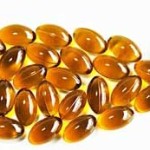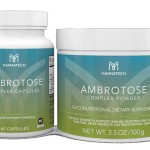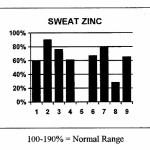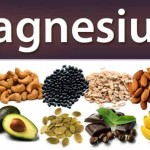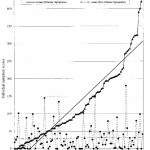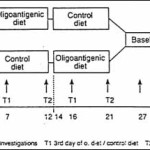This gallery contains 3 photos.
Back in December, 2020, before the vaccine rollout was well underway, Dr. J. Patrick Whelan of UCLA sent a warning to the FDA (see it below). They duly posted it at their website, but otherwise appear to have ignored it. … Continue reading





